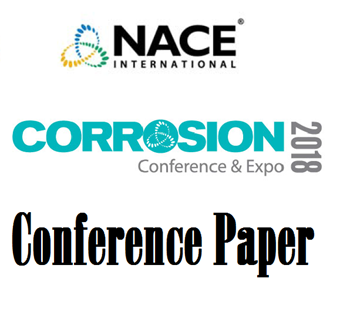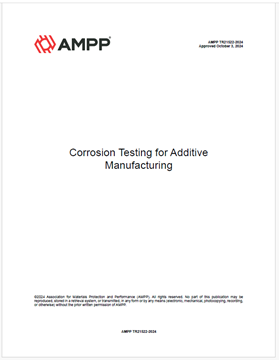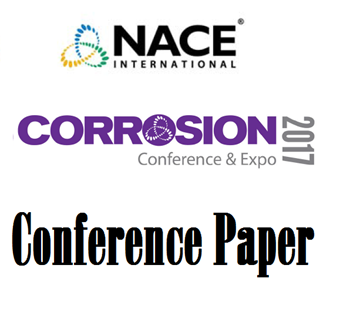Search
Products tagged with 'corrosion fatigue'
View as
Sort by
Display
per page
07443 Stress Assisted Corrosion in Boiler Tubes - Failure Analysis
Product Number:
51300-07443-SG
ISBN:
07443 2007 CP
Publication Date:
2007
$20.00
51318-11517-The Effect of Corrosion Inhibitors on Corrosion Fatigue under Complex Environmental Conditions
Product Number:
51318-11517-SG
Publication Date:
2018
$20.00
AMPP TR21522-2024, Corrosion Testing for Additive Manufacturing
Product Number:
AMPP TR21522-2024
Publication Date:
2024
$109.00
An Experimental Method for Environmental Assisted Fatigue of 304L Stainless Steel in Simulated LWR Water
Product Number:
ED22-18335-SG
Publication Date:
2022
$20.00
Assessing Environmentally Assisted Cracking Of Structural Alloys In Molten Salts
Product Number:
ED22-17120-SG
Publication Date:
2022
$20.00
Corrosion Fatigue and Chloride-Induced Stress Corrosion Cracking in Sulfur Recovery Units
Product Number:
51324-20691-SG
Publication Date:
2024
$40.00
Corrosion Fatigue Of X80 Weld In Mild Sour Environment
Product Number:
51322-17778-SG
Publication Date:
2022
$20.00
Corrosion Fatigue Performance of Materials in Delayed Cokers and Coker Blowdown Piping System
Product Number:
51324-20618-SG
Publication Date:
2024
$40.00
Development of Sucker Rods for Aggressive Environments
Product Number:
51317--8944-SG
ISBN:
8944 2017 CP
Publication Date:
2017
$20.00
Effect of Complex Deformation on Corrosion Fatigue and Stress Corrosion Cracking of 304/304L Stainless Steel Elbows in Aerated and Deaerated Water
Product Number:
ED22-17115-SG
Publication Date:
2022
$20.00
Electrochemical Crack Size Effect in Stress Corrosion Cracking and Corrosion Fatigue
Product Number:
51317--8853-SG
ISBN:
8853 2017 CP
Publication Date:
2017
$20.00
Fatigue Loading of Test Specimens with Galvanically Induced Corrosion Damage Provides New Insight to Guide Fracture Mechanics Modeling
Product Number:
51324-20989-SG
Publication Date:
2024
$40.00
- 1
- 2












